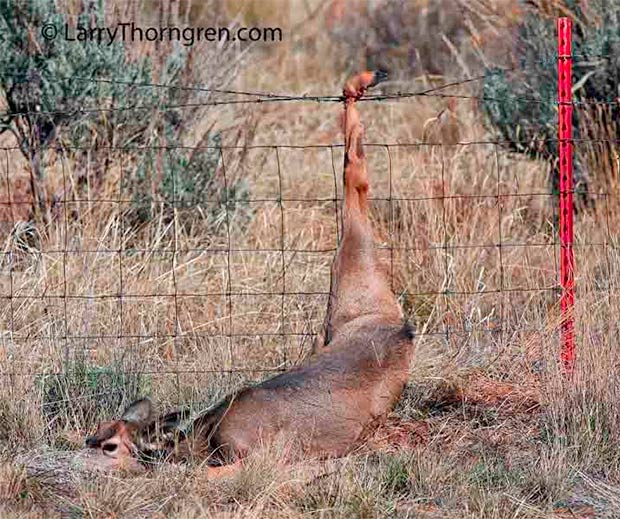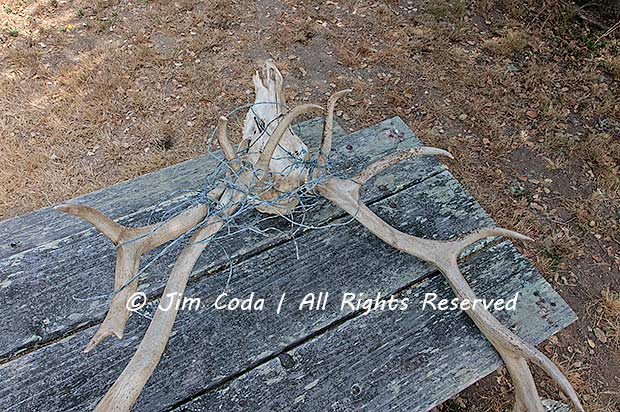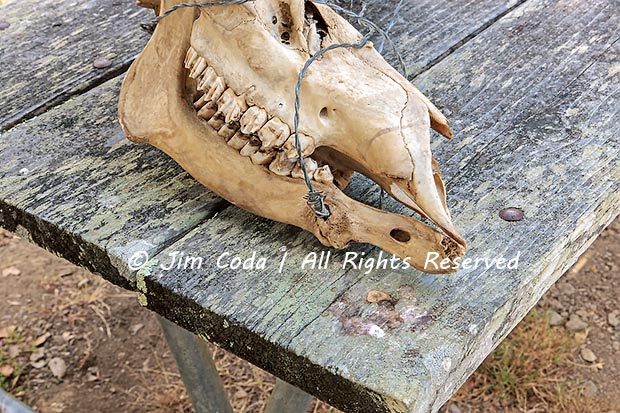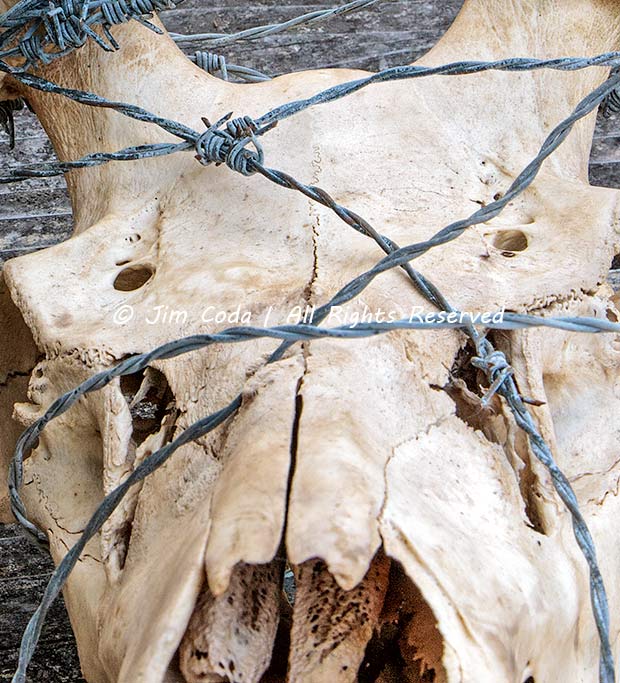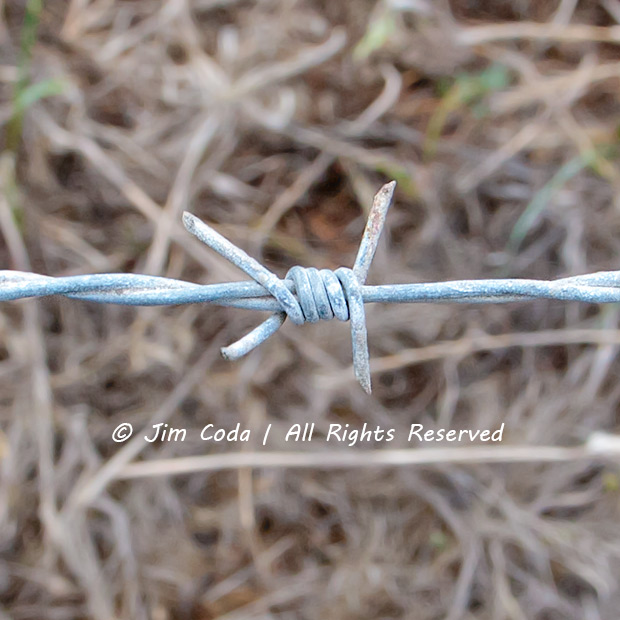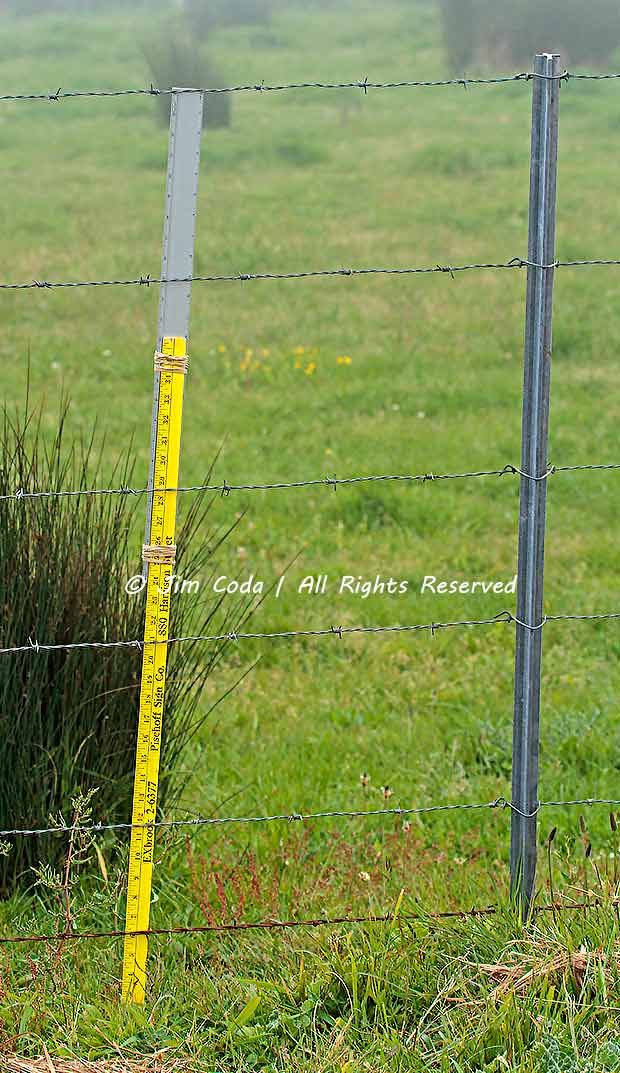254 Elk Die of Thirst in Elk Range; Point Reyes National Seashore

The elk in the Tomales Point Tule Elk Reserve (Pierce Point Ranch area) have been dying in large numbers due to lack of water or dehydration. It’s a slow way to die.
The elk population dropped from 540 in 2012 to 357 in 2013. That’s a loss of 183 animals or a 34% die-off. Point Reyes Light, March 6, 2014. Elk numbers declined from 357 to 286 in 2014. That’s a loss of another 71 animals or an additional 20% die-off. Point Reyes Light, March 19, 2015. That’s a total loss of 254 animals or 47% of the elk in two years in the Elk Reserve. Almost half the population. How many will die in 2015?
Meanwhile, the two smaller, wild free-roaming herds located at the south end of the park in the Central and South Units of the Phillip Burton Wilderness (120 elk) and in the “pastoral zone” (92 elk), which lies between the wilderness and the elk reserve, have increased in numbers despite the drought. “The seashore attributes the success of the free-ranging herds to their ability to seek out forage and water at a time of drought.” Id.
The elk in the reserve are not free-ranging like the elk in the rest of the park. They are held captive behind an 8-foot tall woven wire fence. Thus, they can’t seek out water at a time of drought when there isn’t enough water inside the enclosure. The most recent article above quotes park official, Dave Press, as saying: “A lack of rainfall likely contributed to their ongoing struggles.” The article goes on to say that “[s]tock ponds in the fenced area that dried up during the drought have been replenished by rains in the last few months, but the seashore is developing a plan to truck water to an easily accessible pond, if it runs dry again in the future.”
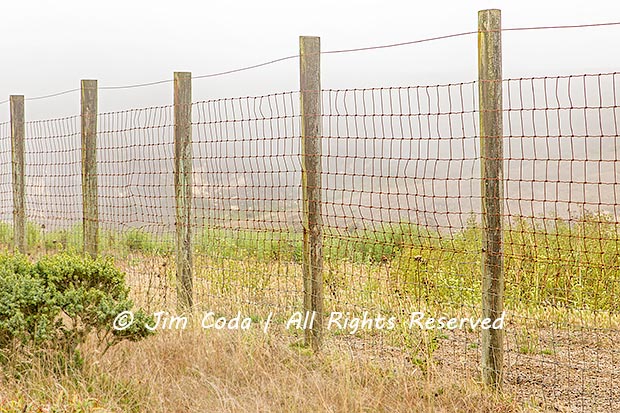
What is the situation regarding water availability in the reserve? Not good. According to the 1998 Tule Elk Management Plan, the situation then was as follows:
There are no natural year-round streams [in the elk reserve] . . . From late spring to late autumn only spring-fed seeps would provide water for elk if it were not for the existence of eight water impoundments originally built for cattle . . . The water impoundments are a factor in determining the ability of the elk range to support its population. While clearly an artificial construction, caution should be taken to ensure that any alteration of artificial water sources does not impact other species of special concern [red-legged frogs]. Otherwise, a return of the elk range to its native condition of seep-fed springs is considered desirable to maintaining viable populations.
Tule Elk Management Plan, 1998, page 12.
As the elk plan states, the eight stock ponds are a factor in determining the ability of elk to survive in this fenced enclosure. And that’s in normal times. But we are now in a very severe drought. The ponds go dry each year. Furthermore, is there any guarantee that all the spring-fed seeps are flowing in the driest months of drought years? If a rancher had these lands he would have been doing all he could to make sure those ponds had water in them because he wouldn’t want any of his cows to die.
The park takes a different approach. “Still, Mr. Press said, the park typically lets nature take its course. ‘Policies for wildlife management that [NPS] operates under are to generally just allow for natural processes to play themselves out within the park. When there are droughts, animals perish, and in good years, populations are abundant.'” Point Reyes Light, March 19, 2015.
This is an acceptable approach under normal circumstances, but we don’t have a normal circumstance. The park prevented nature from taking its course when it built the 8-foot tall woven wire fence that locked the elk up there long ago without any natural year-round water. Once it did that it had a duty to see that these captive animals’ basic needs, including water, were met. To do otherwise was inhumane and contrary to the Park Service’s duty in its Organic Act to conserve the wildlife in our national parks. The elk reserve is no different than the ranches outside the enclosure with captive cattle that have to be cared for by making sure they have adequate food and water. To the best of my knowledge, this is the only park in the entire national park system where wild animals are kept captive for public display. These elk died (a) because the Park Service didn’t care for these captive animals like a rancher would by providing them with water needed to keep them alive and (b) because they are locked up and unable to roam free to survive according to their instincts and nature’s laws.
What about that “easily accessible pond” Mr. Press mentions? Why wasn’t water trucked to that pond in 2014 and 2013? I can only assume it would have prevented some deaths. If the park trucks water to it this year, will it prevent any deaths? Again, I assume so, but the 1998 Elk Management Plan identifies four separate herds in the reserve and, while water in that pond may help the herd in whose home range it is located, can we assume the elk in the other three herds would know to leave their home ranges to look for it? The park should keep all the ponds filled to keep all the elk alive. To do anything else with these captive animals is inhumane and in violation of its duty to protect wildlife.
What about the last sentence in the elk plan quoted above to the effect that “a return of the elk range to its native condition of seep-fed springs is considered desirable to maintaining viable populations.” Does that show a lack of concern for the elk by the drafters of the 1998 plan? No, I don’t think so. In the section covering Management Goals, the third goal is to “[p]rovide for a free-ranging tule elk herd in Point Reyes by 2005.” Id. at 40. (Emphasis added.) Is the plan speaking about the elk that would be moved from the reserve to the wilderness under the first alternative in the 1998 Tule Elk Plan? No. It’s clear that the plan is talking about freeing the elk in the reserve: “Their limitation to Tomales Point is an historical artifact of their reintroduction onto an area bounded by historic ranches . . . If they are to remain as part of the Seashore’s fauna and ecological processes, they should eventually become free-ranging throughout most of the Seashore’s natural zones . . .” Id. at 40-41. Thus, the plan contemplated that the fence at Tomales Point would be removed by 2005. If it had been removed, it’s reasonable to assume that some of the elk in the enclosure would have left and found other places that provided them with their necessary food and water requirements. Why wasn’t the fence removed by 2005? The fence should be removed now before any more elk die.
Do you think that the remaining elk should be saved? Do you think that the 8-foot fence should be removed and that the elk should be set free and that the Park Service should keep all eight ponds filled until the fence is removed? If so, send a letter to that effect to Sally Jewell, Secretary of the Interior, 1849 C Street, N.W., Washington D.C. 20240. She should be apprised of how the National Park Service is letting hundreds of tule elk die in Point Reyes National Seashore by keeping them locked up without adequate water and unable to travel to available water on park lands outside the enclosure. A copy of your letter should also be sent to Cicely Muldoon, Superintendent, Point Reyes National Seashore, 1 Bear Valley Road, Point Reyes Station, CA 94956.
While you’re at it, our Senators and Congressman should know about this. Please send copies of your letters to: The Honorable Dianne Feinstein, United States Senate, 331 Hart Senate Office Building, Washington, D.C. 20510; The Honorable Barbara Boxer, United States Senate, 112 Hart Senate Office Building; Washington, D.C. 20510-0505; and The Honorable Jared Huffman, Unites States House of Representatives, 1630 Longworth House Office Building, Washington, D.C. 20515-0502.
The elk thank you.


